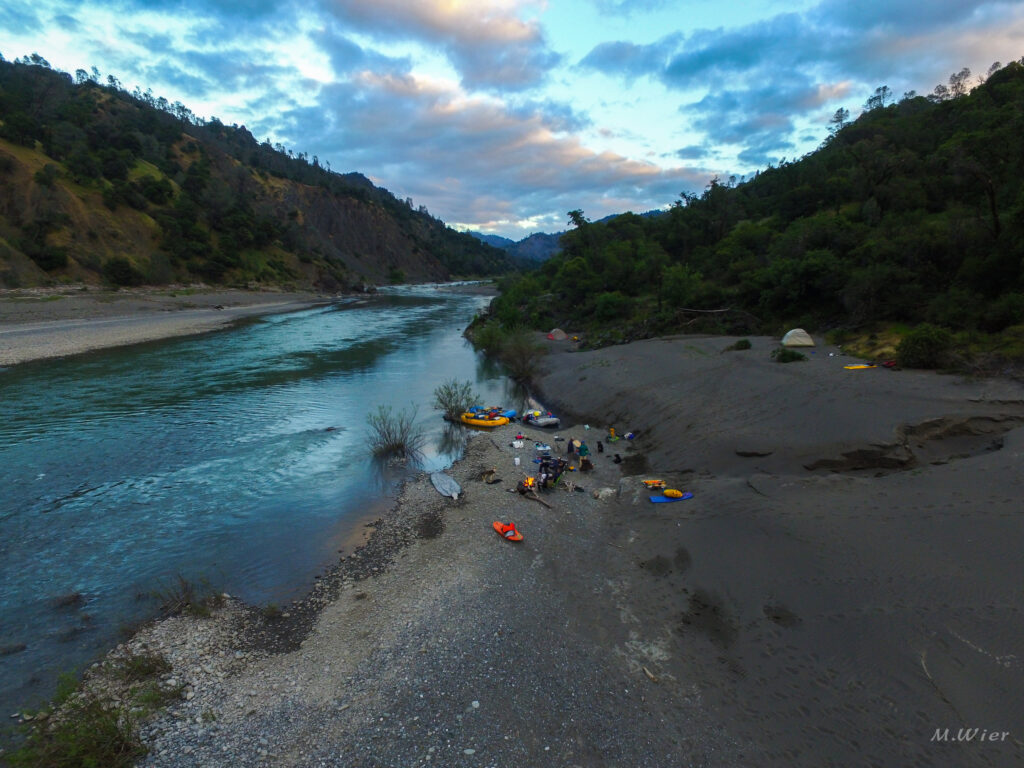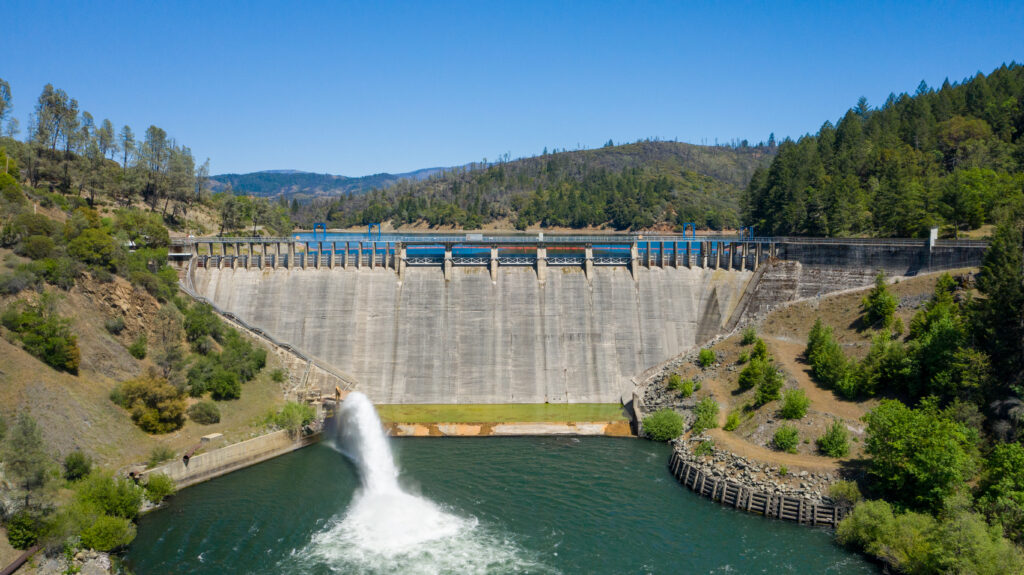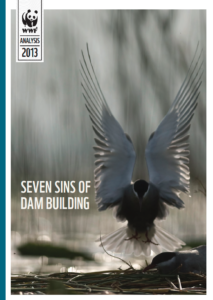Dam Safety is Top Priority in California

Eel River | Michael Wier
May 31 marks National Dam Safety Awareness Day, established after the South Fork Dam failure of 1889 took the lives of 2,200 Pennsylvanians. The threat of dam failure persisted into the early 20th century for Californians, when the St. Francis Dam, located just north of Los Angeles, collapsed and swept a 140-foot-tall wall of water through San Francisquito Canyon, claiming the lives of over 400 people. Flash forward to the 21st century and spillway failures (when water overtops a dam’s emergency ‘spillway’, or passage for surplus water) on California’s Oroville Dam in 2017 and North Fork Dam in 2023, point to the increasing urgency of devoting state resources to dam removal, especially where dams have deferred maintenance issues. Moreover, as the effects of climate change intensify, unpredictable precipitation patterns are putting increased strain on our water infrastructure, underscoring the need to address these problems head on.
The risk of dam failure seems to exist out of sight and out of mind until a disastrous flood event. Of course, not all dams pose a significant threat to California’s communities, and some remain critical to ensuring California’s water supply and public safety. Seventy percent of the State’s water supply is facilitated by dams, fifteen percent of the state’s power is generated hydroelectrically, and dams have other uses as well, including flood control and providing recreational opportunities and habitat for wildlife. However, dams are not designed to stand indefinitely, and deferring dam maintenance jeopardizes the safety of downstream communities. Throughout California, there are thousands of dams, large and small, many of which do not meet safety standards because they are not adequately maintained or have been abandoned altogether. According to the American Society of Civil Engineers, “Over half of California’s 1,476 state, federal, and locally owned dams are considered high hazard dams, meaning their failure would result in probable loss of human life and economic damage. Approximately 70% of the dams are greater than 50 years old,” with the overall rating of California’s dam safety coming in at a worrying C-.
These structures pose an unacceptable risk in the likely event of intense precipitation, seismic activity, or simple deterioration. Scott Dam on the Eel River, a part of Pacific Gas & Electric’s Potter Valley Hydroelectric Project in northwestern California, provides a perfect case study of why we need to prioritize funding for dam removal. Constructed in 1922, Scott Dam is now obsolete – it no longer generates power for the surrounding communities and PG&E recently reduced associated reservoir capacity by 20,000 acre-feet due to seismic concerns. Without funding for removal, it will continue to pose a threat to the thousands of residents who live downstream while deteriorating aquatic habitat. Scott Dam not only prevents passage for federally protected native fish species such as the Chinook salmon and steelhead trout and imperils the sustenance and cultural activities of local tribes, but recent inspections have indicated that the dam risks catastrophic failure in the event of seismic activity.
Decision-makers at the state and federal levels need to push dam removal to the forefront of public consciousness and policy decisions. California has deferred the maintenance of high-hazard dams for decades, leaving obsolete, high-hazard dams in place, thereby limiting the resilience of our state’s water infrastructure. As the California legislature determines how to allocate the state’s budget, it is critical that funding for dam removal be included as an explicit line-item, rather than simply being folded into broad categories of funding and later deprioritized. For obsolete dams, removal is the most effective and long-term dam safety approach to protect public safety.
This post first appeared on americanrivers.org.



